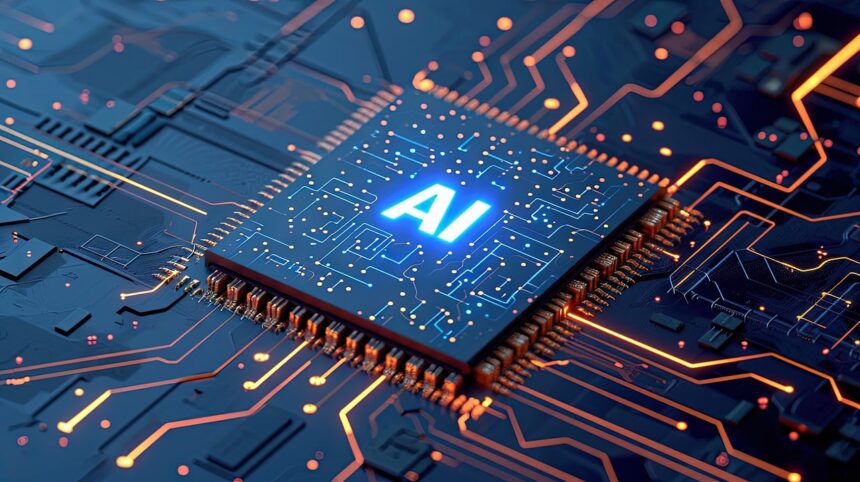Photo by BrianPenny on Pixabay
Computer chips, also known as integrated circuits or microchips, have been the backbone of the digital revolution. These tiny silicon-based components, embedded with millions of electronic circuits, have transformed our world, powering everything from smartphones and computers to cars and kitchen appliances.
1. Understanding Microchips
1.1 The Fundamentals
A microchip, or computer chip, is a set of electronic circuits on a small flat piece of silicon. On the chip, transistors act as miniature electrical switches that can turn a current on or off. The pattern of these tiny switches is created on the silicon wafer by adding and removing materials to form a multilayered latticework of interconnected shapes1.
1.2 Silicon: The Preferred Material
Silicon is the material of choice in the chip industry. Unlike the metals normally used to conduct electrical currents, silicon is a ‘semiconductor’, meaning that its conductive properties can be increased by mixing it with other materials such as phosphorus or boron1.
2. The Magnitude of Microchips
Microchips have significantly influenced various sectors, including technology, healthcare, automotive, and more. In 2021, semiconductor unit sales reached a record 1.15 trillion-unit shipments, and in 2022, global semiconductor industry sales topped €573.5 billion1.
3. The Nano Scale
A microchip the size of your fingernail contains billions of transistors, so it’s easy to understand just how small the features on a chip need to be. Chip features are measured in nanometers (nm). The most advanced microchips contain features that are just a few dozen nanometers in size1.
4. Types of Microchips
Microchips can be categorized by functionality and by type of integrated circuitry. In terms of circuitry, a chip can be analog, digital, or mixed1. In terms of functionality, there are four main categories: Logic chips, Memory chips, application-specific integrated chips (ASICs) and system-on-a-chip devices (SoCs)1.
5. Computing Power
Chip improvements have significantly increased computing power and memory function. From 1956 to 2015, computing power increased one trillion-fold, thanks to chips1. The advancements in chip technology have enabled applications such as virtual reality and on-device artificial intelligence (AI).
6. The Demand for Microchips
Microchips are in high demand, especially chips made using older, ‘dry’ lithography equipment1. New innovations in this more mature sector are helping to drive advances in society, and companies like ASML are assisting chipmakers to meet the increasing demand for chips1.
7. The Future of Computer Chips
The future of computer chips is promising, with researchers around the world working to make chips smaller, faster, and more energy-efficient2. Researchers at the University of Virginia, for instance, are investigating a system that will allow the semiconductor industry to co-locate computation and memory on a single chip, reducing energy consumption2.
8. Hafnium Oxide: The Future Material for Microchips?
Researchers have found that hafnium oxide, a material used in the manufacture of cellphones and computers today, can be manipulated to produce and hold a ferroelectric phase, making it a suitable material for memory devices2.
9. Microchips and Energy Consumption
It’s estimated that the information, communication and technology sector accounts for 5% to 9% of total electricity consumption worldwide. If growth continues unabated, computing could demand up to 20% of the world’s power generation by 20302.
10. Microchips and Moore’s Law
Moore’s Law, named after Intel co-founder Gordon Moore, predicted that the number of transistors that could be etched on a chip would double annually for at least a decade3. This has led to phenomenal increases in computer power over the decades.
11. The Challenges Ahead
While the future of microchips is promising, there are challenges to overcome. As chips continue to shrink, computer scientists are seeking new technological breakthroughs3. The semiconductor industry is also grappling with issues such as chip shortages, which are predicted to last for some time3.


